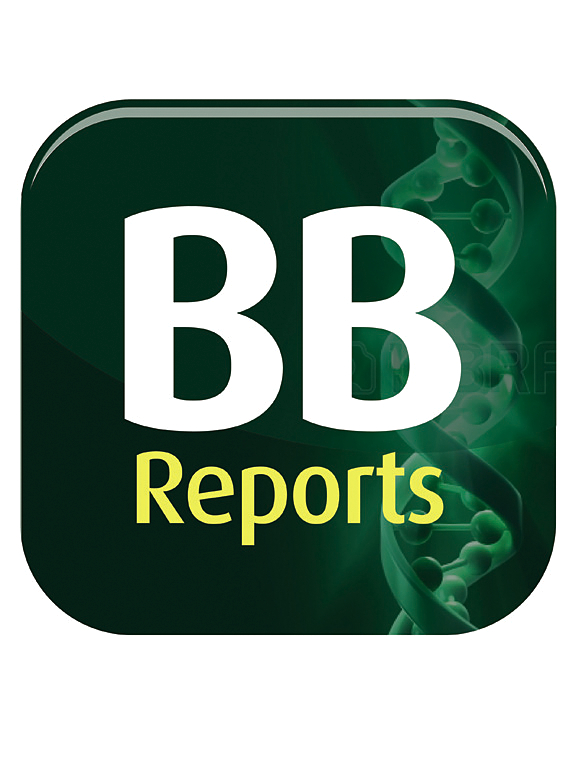Single-cell RNA sequencing reveals the heterogeneity and regulatory modules of cell-specific RNA-binding proteins in patients with systemic lupus erythematosus
IF 2.3
Q3 BIOCHEMISTRY & MOLECULAR BIOLOGY
引用次数: 0
Abstract
Background
Systemic lupus erythematosus (SLE) is an autoimmune disorder characterized by immune dysregulation, heterogeneous clinical phenotypes, and a complex interplay of pathogenic mechanisms. RNA-binding proteins (RBPs), which orchestrate post-transcriptional gene regulation through dynamic interactions with target transcripts, are increasingly implicated in autoimmune pathogenesis. However, the cell-type-specific heterogeneity of RBPs expression and their regulatory networks in SLE remain poorly characterized.
Methods
To delineate RBPs dynamics in SLE skin microenvironment, we conducted a comprehensive single-cell transcriptomic analysis of publicly accessible single cell RNA sequencing (scRNA-seq) datasets from lesional skin biopsies of SLE patients and healthy controls (HC). Cell-type-specific RBPs expression patterns were systematically profiled across epidermal keratinocytes, dermal endothelial cells, and T cells. Complementary bulk RNA-Seq analyses employing Splicing Site Usage Variation Analysis (SUVA) were performed to identify immune gene-associated regulatory alternative splicing (RAS) events. Integrative co-expression networks linking RBPs, RAS events, and immune pathways were subsequently constructed.
Results
Single-cell resolution revealed marked heterogeneity in RBPs expression across keratinocyte, endothelial cell, and T cell in SLE compared to HC. Notably, disease-specific RBPs were enriched in pathways governing interferon response, cytokine signaling, and leukocyte activation. Cross-analysis with bulk transcriptomic data highlighted JUN and HLA-A as hub regulators exhibiting elevated expression in SLE T cells. Network modeling further uncovered coordinated interactions between JUN, HLA-A, and RAS events in immune genes, implicating their synergistic roles in modulating T cell effector functions.
Conclusion
Our multi-omics integration identifies JUN and HLA-A as central coordinators of alternative splicing programs in SLE T cells. These molecular hubs, embedded within immune regulatory networks, may drive pathogenic rewiring of T cell responses in SLE.
求助全文
约1分钟内获得全文
求助全文
来源期刊

Biochemistry and Biophysics Reports
Biochemistry, Genetics and Molecular Biology-Biophysics
CiteScore
4.60
自引率
0.00%
发文量
191
审稿时长
59 days
期刊介绍:
Open access, online only, peer-reviewed international journal in the Life Sciences, established in 2014 Biochemistry and Biophysics Reports (BB Reports) publishes original research in all aspects of Biochemistry, Biophysics and related areas like Molecular and Cell Biology. BB Reports welcomes solid though more preliminary, descriptive and small scale results if they have the potential to stimulate and/or contribute to future research, leading to new insights or hypothesis. Primary criteria for acceptance is that the work is original, scientifically and technically sound and provides valuable knowledge to life sciences research. We strongly believe all results deserve to be published and documented for the advancement of science. BB Reports specifically appreciates receiving reports on: Negative results, Replication studies, Reanalysis of previous datasets.
 求助内容:
求助内容: 应助结果提醒方式:
应助结果提醒方式:


